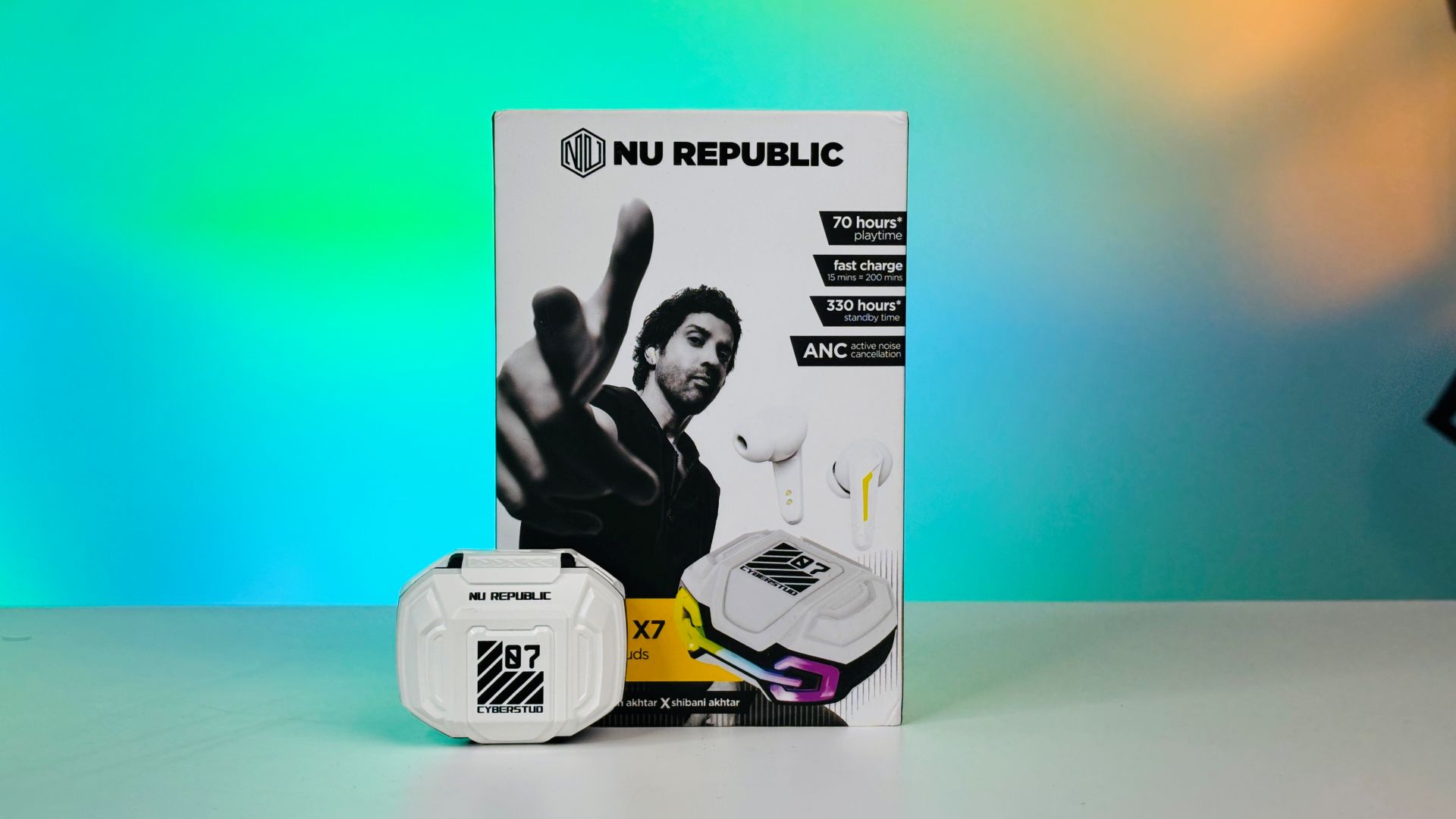Nothing has made a splash in the smartphone market with its unique design and feature-rich devices. The recent launch of the Nothing Phone (2a) and Phone (2a) Plus further expands their portfolio, offering users a choice between two compelling options. While both phones share a common design language and several core features, there are subtle yet significant differences that cater to varying needs and preferences. Let’s dive into a detailed comparison to help you make an informed decision.
Design and Display: Nothing Phone (2a) vs Nothing Phone (2a) Plus
Both the Phone (2a) and (2a) Plus inherit the distinctive transparent design that has become synonymous with the Nothing brand. They feature a glass front (Gorilla Glass 5), a plastic frame, and a plastic back, giving them a lightweight yet sturdy feel. The dimensions and weight are nearly identical, with both offering IP54 water and dust resistance to withstand everyday splashes and spills. The iconic Glyph Interface, composed of LED light strips on the back, adds a unique visual flair and provides functional notifications.
The displays are also strikingly similar, utilizing 6.7-inch AMOLED panels with 1B colors, a smooth 120Hz refresh rate, and HDR10+ support for vibrant visuals. Both achieve impressive peak brightness levels, ensuring excellent visibility even in bright sunlight. However, a minor difference lies in the screen-to-body ratio, with the (2a) boasting ~87.6% compared to the (2a) Plus’s ~87.1%. This suggests slightly slimmer bezels on the (2a).
Performance and Software: Nothing Phone (2a) vs Nothing Phone (2a) Plus
The core distinction between the two models lies in their processing power. The Phone (2a) is driven by the Mediatek Dimensity 7200 Pro (4 nm) chipset, a capable processor that handles everyday tasks and moderate gaming with ease. On the other hand, the (2a) Plus employs the Mediatek Dimensity 7350 Pro (4 nm), a slightly more powerful chipset with higher clock speeds, potentially delivering a performance boost for demanding applications and graphic-intensive games. Both chipsets feature octa-core CPUs and Mali-G610 MC4 GPUs, ensuring smooth multitasking and fluid graphics rendering.
In terms of software, both devices run on the latest Android 14 with Nothing’s clean and intuitive Nothing OS 2.6 overlay. This ensures a bloatware-free experience with a focus on smooth performance and customization options. Furthermore, both phones are promised up to 3 major Android upgrades, ensuring long-term software support and access to the latest features.
Camera System: Nothing Phone (2a) vs Nothing Phone (2a) Plus
The rear camera setups on both phones are identical, comprising a 50 MP main sensor with OIS for sharp and stable images, and a 50 MP ultrawide lens for capturing expansive landscapes and group shots. However, the front-facing camera is where a notable difference emerges. The Phone (2a) features a 32 MP selfie camera, capable of capturing detailed self-portraits. The (2a) Plus takes it a step further with a 50 MP selfie camera, enabling higher-resolution selfies and 4K video recording at 30fps. This makes the (2a) Plus a more appealing option for users who prioritize high-quality video calls and vlogging.
Battery and Charging: Nothing Phone (2a) vs Nothing Phone (2a) Plus
Both the Phone (2a) and (2a) Plus are equipped with a substantial 5000 mAh non-removable battery, providing ample power to last through a full day of moderate to heavy use. However, the charging speeds differ slightly. The Phone (2a) supports 45W wired charging, allowing you to replenish the battery quickly. The (2a) Plus offers 50W wired charging, delivering even faster charging speeds for those who value minimal downtime.
Connectivity and Additional Features: Nothing Phone (2a) vs Nothing Phone (2a) Plus
Both phones offer a comprehensive suite of connectivity options, including dual SIM support, Wi-Fi 6 for fast and reliable internet access, Bluetooth 5.3 for seamless pairing with accessories, and NFC for contactless payments and data transfer. Neither phone includes expandable storage via a microSD card slot, so users will need to choose their storage capacity wisely. Both devices also feature an in-display fingerprint sensor for secure and convenient unlocking.
Pricing: Nothing Phone (2a) vs Nothing Phone (2a) Plus
Nothing Phone (2a): Starts at ₹22,999 – Best Buy Link!
Nothing Phone (2a) Plus: Starts at ₹24,999 – Best Buy Link!
Making the Choice: Which Nothing Phone is Right for You?
The Nothing Phone (2a) and (2a) Plus present compelling options with distinct strengths. If you value a slightly more powerful processor, a higher-resolution selfie camera capable of 4K video recording, and faster charging speeds, the (2a) Plus emerges as the clear winner. However, if these features are not essential to your needs, the Phone (2a) offers a very similar experience at a potentially more affordable price point. Ultimately, the decision comes down to your individual priorities and budget.


























Add Comment